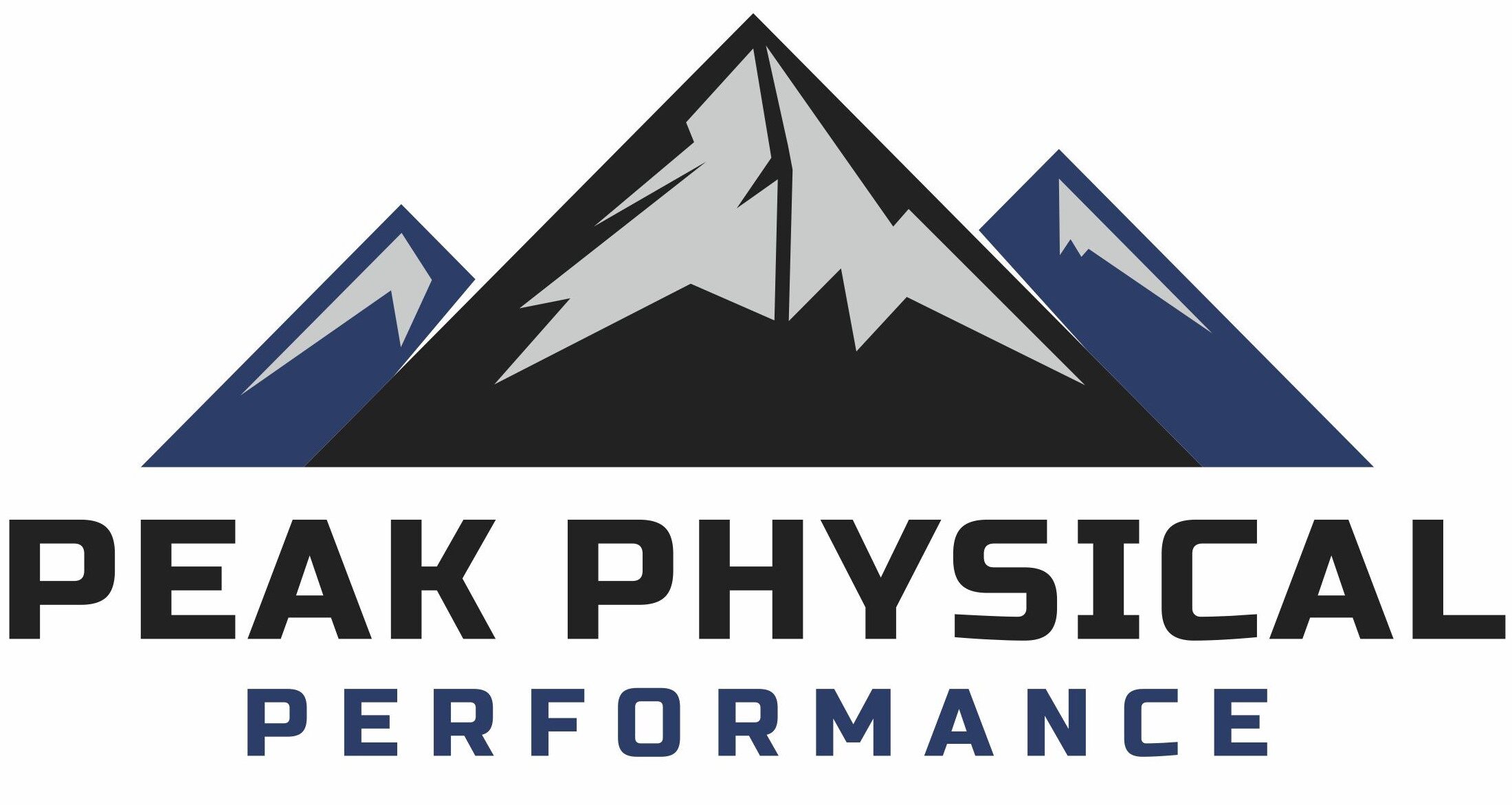Ankle sprains are one of the most common sports injuries, affecting athletes across all levels. Recovery time can vary significantly depending on the severity of the sprain. Understanding the healing process can help set realistic expectations and ensure a safe return to play.
Grades of Ankle Sprains
Ankle sprains are typically classified into three grades:
- Grade I (Mild Sprain): Involves overstretching or slight tearing of the ligaments. Recovery typically takes about 1-2 weeks with rest, ice, compression, and elevation (RICE), along with early rehabilitation exercises to restore mobility and strength (Smith et al., 2021).
- Grade II (Moderate Sprain): Involves a partial tear of the ligaments, causing more significant swelling and bruising. Recovery time is usually around 3-6 weeks, depending on the treatment approach, which includes physiotherapy for improving stability and strength (Peterson & Malek, 2022).
- Grade III (Severe Sprain): Involves a complete tear of one or more ligaments. This type of injury often requires 8-12 weeks or more for a full recovery. In some cases, surgical intervention may be necessary (Anderson & Walker, 2020).
Factors Affecting Recovery
- Proper Rehabilitation: Completing a comprehensive rehab program is crucial to minimize the risk of re-injury. Exercises to regain balance and strengthen the ankle can reduce recovery time and prevent future sprains (Kaminski et al., 2013).
- Severity and Treatment: The severity of the sprain, early treatment initiation, and adherence to rehabilitation protocols are key factors in determining how quickly one can return to sport.
- Individual Differences: Age, previous injuries, and overall fitness level can also influence recovery duration. Athletes with prior ankle injuries may require longer recovery times due to reduced ligament strength and joint stability (Hertel, 2002).
Returning to Sport
The timeline for returning to sports depends on an athlete’s progress in rehabilitation. For a Grade I sprain, many athletes can resume training within 1-2 weeks, whereas Grade II may require up to 6 weeks. Grade III sprains could mean staying off the field for up to 3 months. It’s essential not to rush this process—returning too early can increase the risk of a repeat injury.
A good guideline is to ensure the ankle is pain-free, has regained its normal range of motion, and can handle sport-specific drills without discomfort before returning to full activity.
The journey to recovery depends largely on the severity of the injury, commitment to rehabilitation, and individual factors. For athletes, the ultimate goal should be to return to play safely and confidently, reducing the risk of re-injury. If you’ve suffered an ankle sprain, working closely with your healthcare provider and following a tailored rehab program will give you the best chance of a full recovery.
References
- Anderson, D. E., & Walker, H. R. (2020). Sports Medicine Essentials. Human Kinetics.
- Hertel, J. (2002). Functional Anatomy, Pathomechanics, and Pathophysiology of Lateral Ankle Instability. Journal of Athletic Training, 37(4), 364–375.
- Kaminski, T. W., et al. (2013). National Athletic Trainers’ Association Position Statement: Conservative Management and Prevention of Ankle Sprains in Athletes. Journal of Athletic Training, 48(4), 528-545.
- Peterson, L. E., & Malek, M. (2022). Orthopedic Injuries in Athletes. McGraw-Hill.
- Smith, R. D., et al. (2021). Rehabilitation of Common Sports Injuries. Elsevier.



Comments are closed